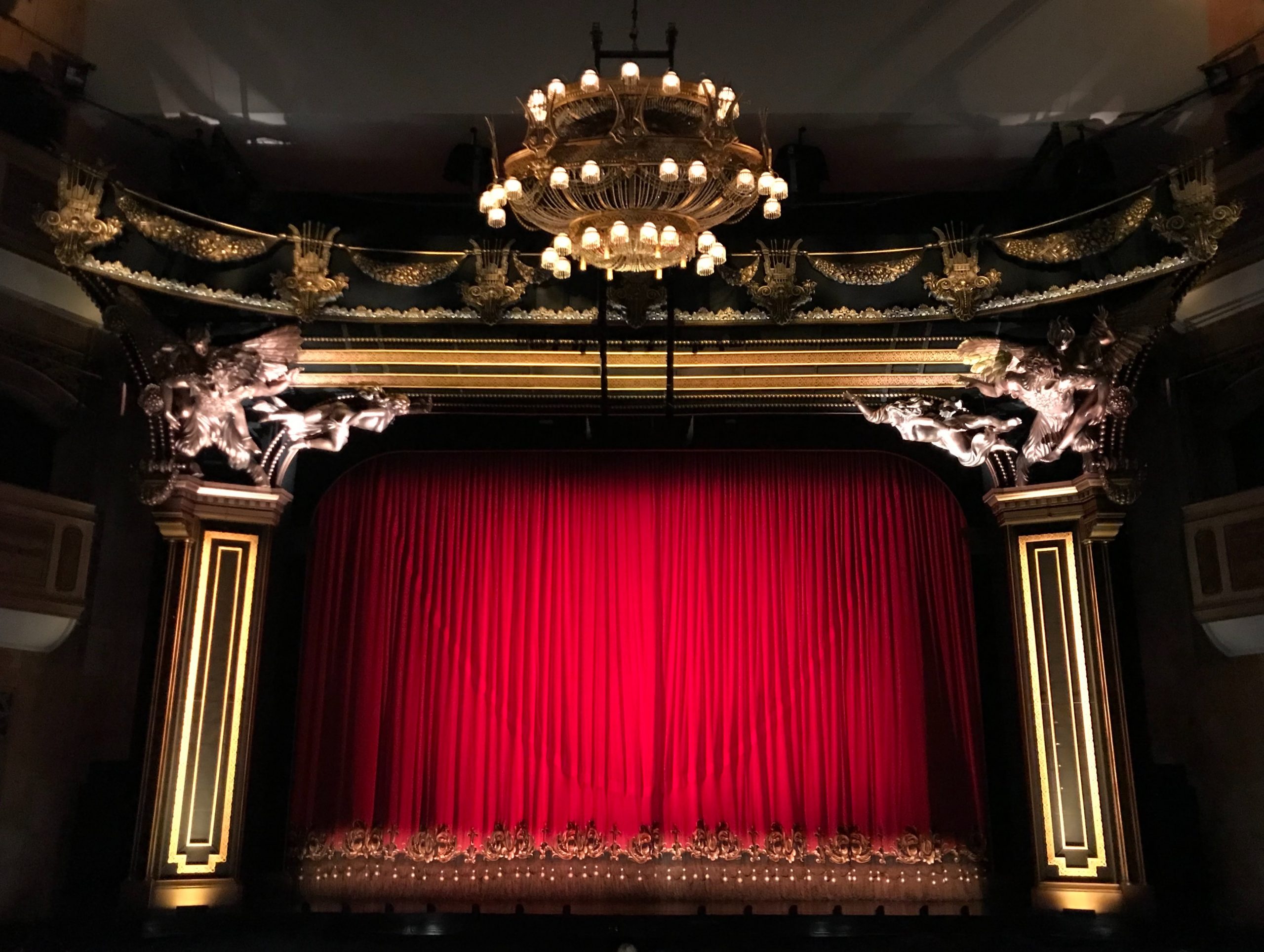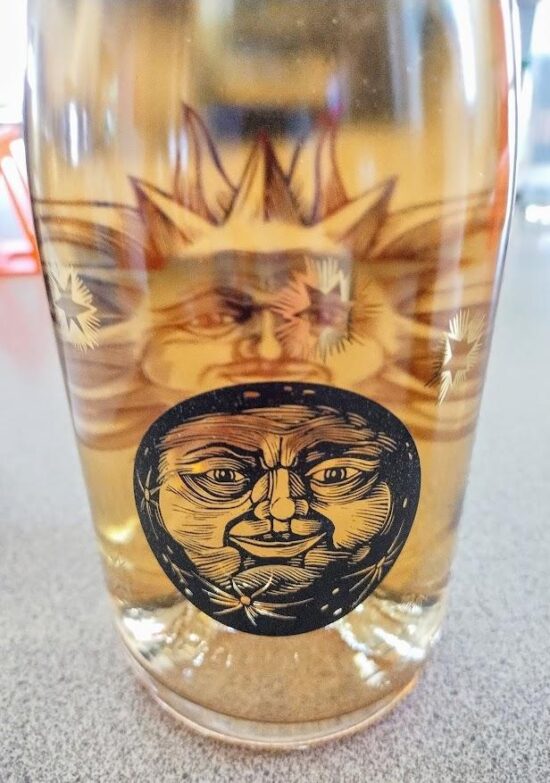
It struck me, watching Katya Kabanova at Glyndebourne this last summer, that opera has terroir. It also has directors, who fulfil the same role as winemakers, either expressing the terroir or removing it. That pared-down Katya was a good production, but a somewhat sterile one. It had the terroir taken out of it.
Katya is set in a Russian village, in a tight-knit family. Both are claustrophobic. The plot depends on this claustrophobia. Take away the village and stage the opera within plain white walls and you have to re-emphasise that claustrophobia – in this case via birdcages; lots of them. Towards the end one large birdcage descends and you think, She’s going to get into the birdcage, isn’t she? Yes, she’s getting into the birdcage. There she goes. Oh, please.
The piece was still recognisably Katya Kabanova, of course. The music was the same, and so was the plot. The brand, if you like, was still there. It was just the terroir behind it that had been simplified into an idea.
Terroir in a vineyard is a babble. Understanding it takes years because it’s apt to say different things in different circumstances. Gradually a winemaker finds a coherent thread in this chatter and is able to present a clear statement to the world: to say, this is what this terroir means. This is how I see it. To achieve this they must either narrow a given terroir down to a small geographical area – the Burgundian approach – or simply decide on a style that fits a larger area as well as it can.
At what point does clarifying a style end and imposing a style begin? With opera it should be easier to tell – we have the libretto and the score, in black and white. But in practice there might be different versions, different overtures, whole scenes which might conventionally be left out because they’re frankly ponderous, stretches of laborious recitative which might be cut – and that’s before the question of whether to sing it in the original language or in translation (Glyndebourne calls the opera, correctly, Kát’a Kabanová), whether to update the setting or not, whether to stress this aspect or that. The director of this year’s Kát’a at Glyndebourne was cutting through the babble to present a fresh and clear vision. Was it, in wine terms, the exposed signature of a great terroir? Or was it the equivalent of a winemaker wine?
(As a brief tangent, I noted Michel Roux’s comment in an interview in The Times a few weeks ago: ‘I can taste the personality of a chef on the fork. It’s like art, the artist is in there somewhere. I can tell if a chef is angry or happy…. The angry chef’s fish will have a crisped edge. It’s a completely different fish.’ Food, like wine or opera, can never be a pure expression of its ingredients.)
Take the question of rusticity. Kát’a, in an absolutely traditional…



